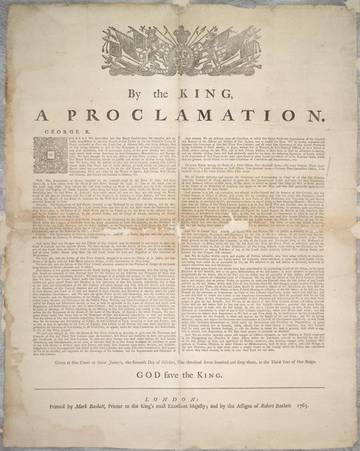I wanted to focus on those characters within the interrogation scenes starting near the beginning of Green Grass Running Water (GGRW). I found these characters are not often talked about but I found them to be quite interesting and intriguing, particularly with their connection to Melville’s story “Benito Cereno.” There are many similarities between GGRW and this story and I was interested in exploring them through three characters: Babo Jones, Sergeant Ben Cereno, and Jimmy Delano.
Babo Jones is an African-American who works at the mental hospital where four Indians escaped from. The Babo in GGRW is akin to the Babo in Melville’s story “Benito Cereño” in Piazza Tales. In this story, Babo is a black slave who is on board the ship the San Dominick as a leader of the slave revolt and deceives Captain Amasa Delano, their master, into thinking nothing is going on, when really the ship is heading for freedom in Africa. This is similar to what happens in GGRW, as Babo is revealed to have helped the four Indians escape. We also think that the Captain Delano is in charge in Melville’s story, like we think the sergeants are in GGRW. There are little jokes made by King within GGRW as well, such as when she carries around Life Saver candies, in reference to Babo and the ship.
Sergeant Ben Cereno is the sergeant initially interrogating Babo about the whereabouts of the Indians who escaped. Like Babo, this character is reference another in “Benito Cereño.” Babo asks Sergeant Cereño is his name is Italian or Spanish, then guessing that his first name is Ben and that it is Babo’s boy’s name. This is similar to what occurs in GGRW as well. We find out Babo’s race when he refers to her as “Aunt Jemima,” a racial slur that references the fictional character used to market breakfast foods like maple syrup. Sergeant Cereno appears to be in charge during the interrogation; however; Babo had all the knowledge and power during the questioning, even if she seemed all over the place with frequent topic changes. Like the Captain’s mistreatment of the slaves, he treated Babo poorly, and had trouble getting information he could have otherwise obtained.
Jimmy Delano is Sergeant Cereno’s assistant and also is involved with the interrogation process with Babo. Again, there seems to be a strong connection between this character and the one in “Benito Cereño,” either Captain Delano or, more likely, Columbus Delano. Columbus Delano was the head of the Bureau of Indian Affairs and a career politician. He defended the BIA against charges of mistreating Indians despite evidence. Eventually this lead to his resignation. Because Jimmy was more patient than Sergeant Cereno, he was able to obtain more information from Babo. In this sense he is more similar to the captain of “Benito Cereno,” as he was able to discover the slaves overtook the ship in a similar manner.
Works Cited
Flick, Jane. “Reading Notes for Thomas King’s “Green Grass Running Water”” Canadian Literature (1999): 140-72. UBC Blogs. Web. 22 July 2016.
King, Thomas (June 1, 1994). Green Grass, Running Water. New York: Bantam Books.
